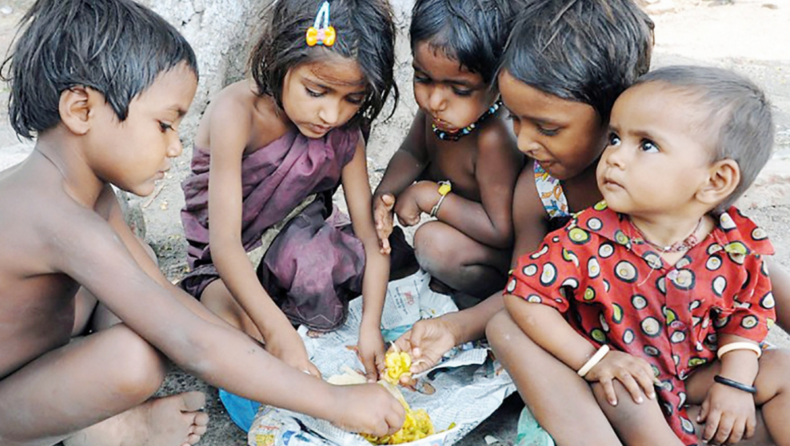According to the research, the number of undernourished folks in India fell to 224.3 million in 2019-21 from 247.8 million in 2004-06.
The number of undernourished folks in India has dropped over the past 15 years to 224.3 million in 2019-2021, according to a UN report, which also states that there are more obese adults and women with anemia in the world’s second most populous country.
The State of Food Security and Nutrition in the World 2022 report, released Wednesday by the UN Food and Agriculture Organization (FAO), the International Fund for Agricultural Development (IFAD), UNICEF, the World Food Program (WFP) and the World Health Organization (WHO), says the number of people suffering from global hunger has risen to 828 million by 2021, an increase of about 46 million since 2020 and 150 million since the outbreak of the COVID-19 epidemic.
The report said that in India, the number of undernourished people dropped to 224.3 million in 201921 from 247.8 million in 2004-06.
It said the number of children under the age of five had dropped to 36.1 million by 2020 from 52.3 million in 2012, and the number of children under the age of five had dropped to 2.2 million by 2020 from 3 million in 2012.
However, the number of obese adults in India, with a population of more than 1.38 billion, has grown to 34.3 million in 2016 from 25.2 million in 2012 and the number of 15- to 49-year-old women affected by anemia has grown to 187.3 million by 2019. from 171.5 million in 2012.
The report added that the number of breastfeeding infants reaching 5 months of age reached 14 million by 2020 from 11.2 million in 2012.
As a percentage, the prevalence of malnutrition in India was 21.6 percent in 2004-06 and dropped to 16.3 percent in 2019-21, the increase in under-5 child mortality decreased to 30.9 percent by 2020 from 2020 at 41.7 percent in 2012 and the increase in obese children under the age of five was 1.9 percent in 2020 from 2.4 percent in 2012.
The prevalence of obesity in Indian adults increased to 3.9 percent in 2016 from 3.1 percent in 2012 and women with anemia aged 15 to 49 decreased slightly from 53.2 percent in 2012 to 5 percent. 53 in 2019.
The report also noted that in India, people who could afford to buy healthy food touched 973.3 million by 2020 or about 70.5 percent, up from 948.6 million by 2019 (69.4 percent).
In 2017, nearly a billion people could not afford to pay for healthy food in India and that number dropped to 966.6 million by 2018. The report noted that consumer support provided to low-income countries and middle-income countries generally takes the form.
For the transfer of property or cash under social protection schemes.
India and Indonesia, for example, provide substantial support to end customers under the Targeted Public Distribution System of grain in India, as well as a food assistance (BPNT) program based on electronic rice vouchers, in Indonesia, it said.
The most prominent example of LMIC (low middle income countries) is India, where food and agriculture policy has historically focused on consumer protection by ensuring affordable food prices, with export and marketing regulations relating to prices and public purchases, the storage of public food and the distribution of large quantities of agricultural goods, he said.
Therefore, farmers have been facing price hikes in terms of integrated (negative NRPs).
Revenue funding and the cost of general services such as R&D and infrastructure have been widely used as a means of compensation for trade inconsistencies caused by trade and market measures, as well as to improve productivity and independence in the country, he added.
The report said that after living unchanged since 2015, the number of people affected by famine increased by 2020 and continued to rise by 2021, to 9.8 percent of the world’s population.
Read More-
- Twitter Files A Plea For Judicial Review Of Indian Removal Orders
- UN Ocean Conference 2022-Transparency, Technology, and Illegal, Unreported and Unregulated Fishing
- Investor faith in vehicles financiers will be put to the test
- Five freshly listed stocks are likely to be promoted to largecap and midcap status in the next AMFI size classification.
- With a record $82 billion dealmaking binge in Q2, India defies the global recession













